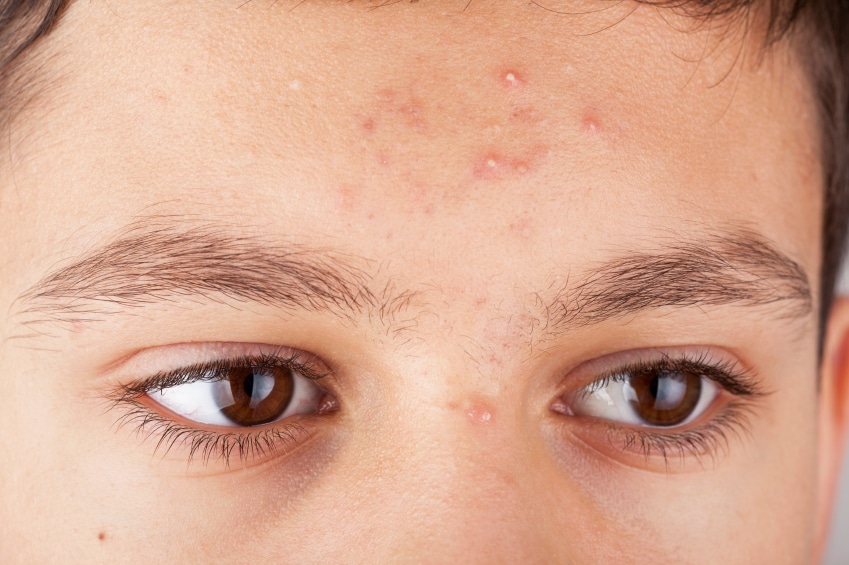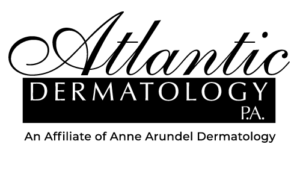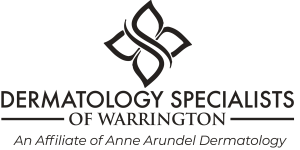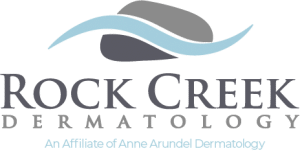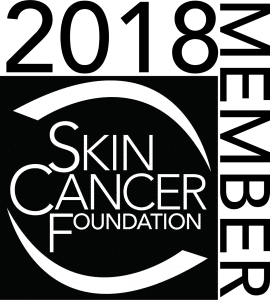In this last installment of the pediatric skin condition series, we are going to take a look at some of the skin conditions that affect young people between 13-19.
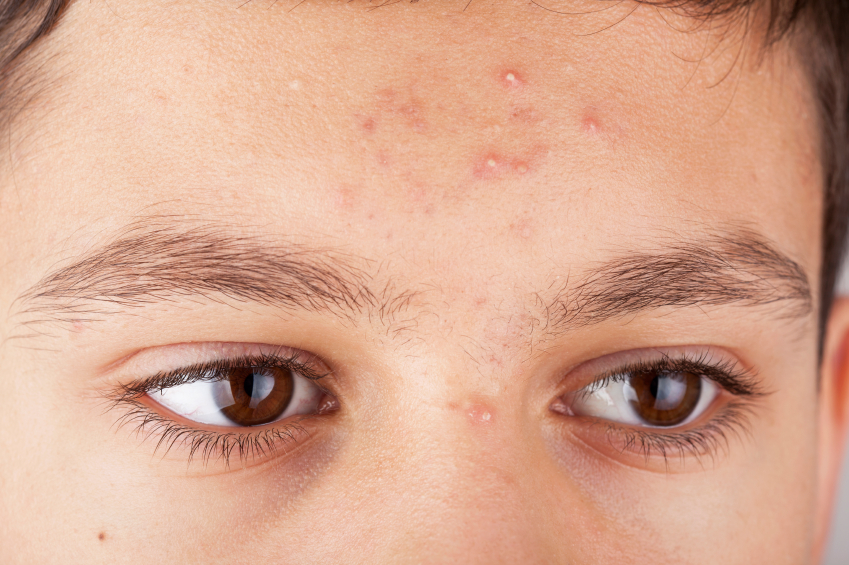 Acne
Acne
Almost 8 in 10 teens have acne. It is so common that it’s considered a normal part of puberty. Acne is a condition of the skin that shows up as different bumps that are classified as blackheads, whiteheads, pimples or cysts. Teens are more prone to get acne because of the hormonal changes that come with puberty.
Acne is not just a skin condition for teens, it affects their ability to interact in social situations and it can contribute to depression. Anne Arundel Dermatology will work with your child to develop the appropriate treatment plan based on their unique needs. Topical salicylic, and chemical peels are all options that can be used.
 Athlete’s Foot
Athlete’s Foot
Athlete’s Foot can happen to anyone. It is a common fungal infection that can be caught from swimming pools, public showers or locker rooms. The infection usually causes itchy feet, cracked and dry skin between the toes and skin shedding. It is important to kill the fungus causing the problem or it can spread to other parts of the body or to other people.
Treatments include keeping the foot dry, using an anti-fungal cream that is prescribed by your dermatologist, washing socks and shoes frequently, using a disinfectant spray on the shoes each day and airing them out regularly.
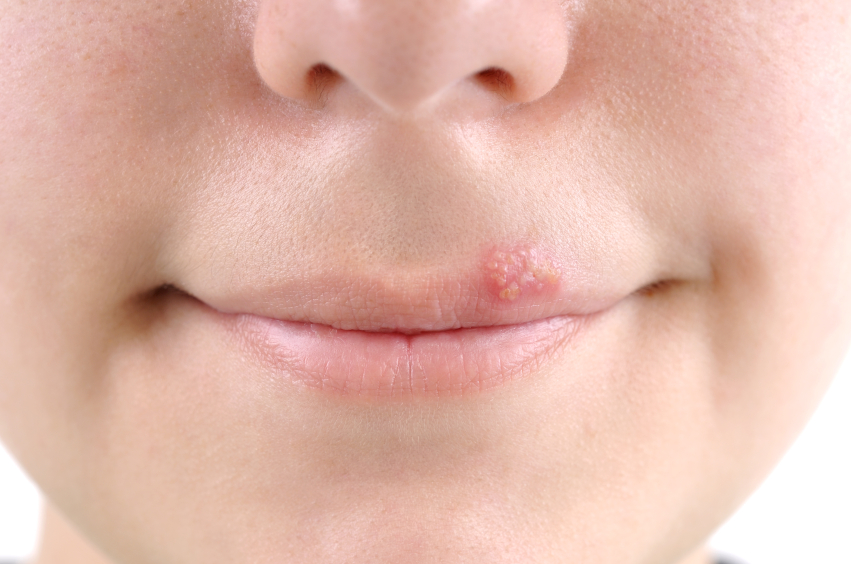 Cold sores
Cold sores
Cold sores start off as small lumps under the skin surface, and after several days, small painful blisters appear. They tend to occur next to the lips, but there are cases on the nostrils, chin, the inside of the mouth and other parts of the face.
These painful blisters are caused by the herpes simplex virus, which is usually spread by getting sharing cups, eating utensils, towels, razors and kissing. Some people may have the virus and never get another cold sore, and others may get them infrequently or when the virus is triggered by stress, illness, sunburn or hormonal changes.
There are creams and treatments available that can help when you get a tingly feeling and a small lump appears. Starting treatment after a blister appears will not be as effective. It is important to let the sore heal by itself to avoid scarring.
 Psoriasis
Psoriasis
Psoriasis is a genetic skin disease associated with the immune system. This condition allows skin cells to reproduce too quickly; instead of it taking 28-30 days for a skin cell to mature and fall off, it only takes 3-4 days. This rapid buildup causes lesions and the skin becomes very red due to increased blood flow.
Ordinarily people have their first outbreak between the ages of 15 and 35. Approximately one third of those who get psoriasis are under 20 years old when the disease first surfaces.
If your teenager develops psoriasis, there are several treatments to decrease the itchy and uncomfortable feeling. Topical treatments like ointments and creams, ultraviolet light therapy and systemic medications that are taken by mouth or injected into the muscle will be recommended depending on the type of psoriasis that the child has. Talk to your dermatologist about the best course of action. Even though psoriasis is not curable, there is hope that it will be in the future.
